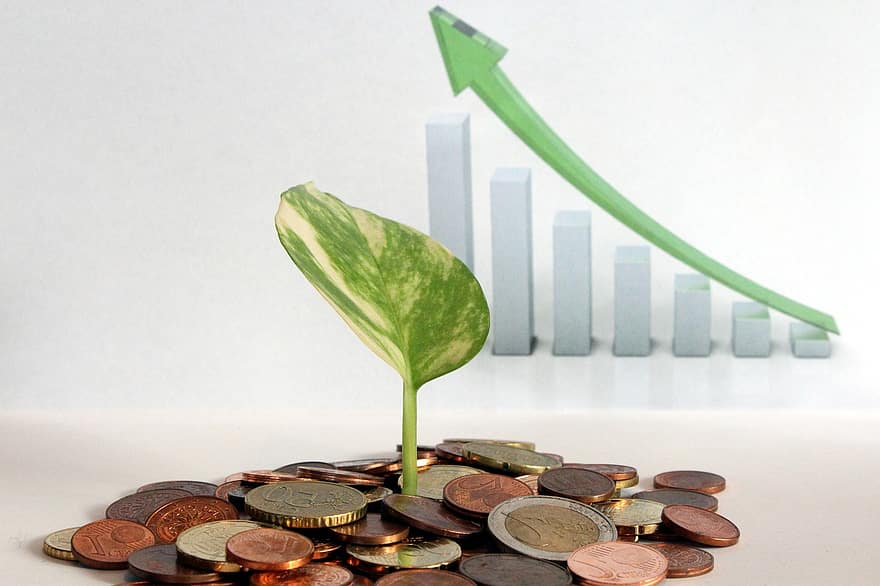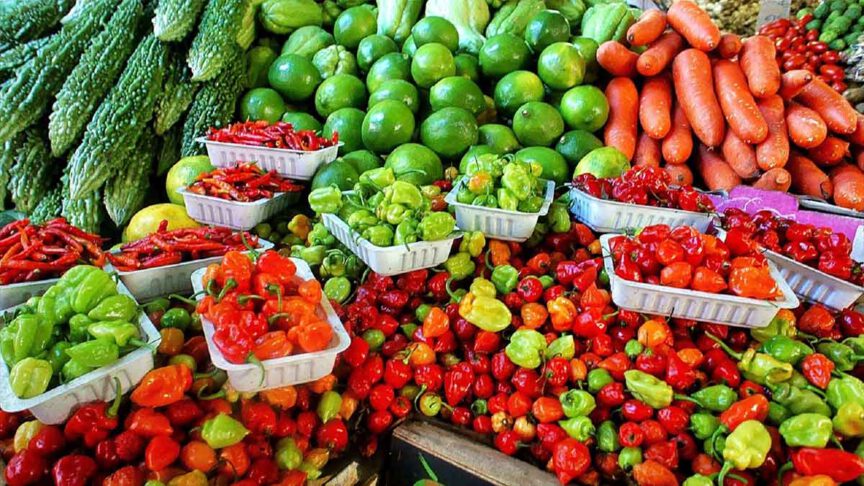Managing the running costs of commercial hydroponics
Before you can make money with hydro farming, you need understand if you want to run a commercial or subsistence farm. Also, do you want to run your farm indoors or outdoors? Answering these questions will largely define your next moves as you set up your hydroponics farm.
The most basic cost you will incur as you try to set up your hydroponics farm will be the cost of setting up your commercial greenhouse if you decide to run it commercially. You may choose to set your greenhouse up yourself if you wish to minimize costs, or you may just contract building it out to specialists.
Some other costs you need to keep in mind include costs of your growing system, operational costs, land (lease or rent), land clearing and excavation. If you will be contracting the construction of your greenhouse, you should keep in mind the costs of an environmental controller, a tank house housing your controls, nutrient dies, and your reservoirs.
You should also consider your water source. Water supply will be taken care of naturally to some extent if you will be running an outdoor grow house.
Your lighting for indoor growing and your source of electricity should not be left out. LED bulbs are expensive but they are less demanding on your electricity source. HID bulbs are inexpensive compared to LED bulbs but they consume more electricity.
Depending on your source of electricity, choose which is best for you to have on your farm. Delivery costs and pattern, packaging costs and insurance are some other important factors you shouldn’t keep out of your equation while determining the profitability in running your commercial hydroponics farm.

Can Hydroponics be profitable?
Hydroponics growing can be regarded as that farm practice that requires less from you to give back more! With your 1000sq. meters hydroponics garden, you can realize the same yields you’ll be expecting from a 5 hectare of farmland. Isn’t that fascinating? Well, let’s not get too excited yet.
After considering the cost of setting up your hydroponics garden, you need to compare it with the profits from running your farm. Having a good product in demand is the first step in securing your profits in your hydroponics garden.
The next step in securing your profits from your hydroponics farm involves ensuring you have a viable plant growing in each of the holes in your PVC pipes. Every hole represents a fraction of your profit. When your lettuce is ready for harvest, it could worth up to $1.50. You will regard that price as your cost price per head of harvested lettuce.
If you sell to your consumers directly, you can easily sell each head of lettuce harvested for $3. A basil plant usually has a minimum cost price of $1.50. To further secure your profits, you should fix about 10% more seeds in the net pots or medium sitting in your PVC pipes, so if some seeds don’t grow, you won’t have an empty hole. Each empty hole bores a hole in your net profit. The limit to your earnings from your commercial hydroponics farm is dependent on the size of your farm and how effective your management system is.
Another lucrative angle: Plants grown hydroponically synthesize chemicals that could be sold to cosmetic companies. Hydrosol is gotten from steaming and distilling hydroponically grown plants like tomatoes. Hydrosol helps to heal your skin and keep it hydrated. Distillation of hydrosol is commercially viable.
Who should you sell your produce to?
One important factor in selling your produce is ensuring you have multiple buyers for your produce so one buyer’s lack of need will not make you suffer loss. Don’t concentrate your sales on one buyer.
Farmers market is one common place where hydroponics growers sell their produce. It involves setting your products outside and people see you to buy in a market.
By observing at your farmers market, you can tell which produce is in demand. Show up at the market at the beginning of the day and an hour before the end of the day to observe the market.
If there is an abundance of a produce at the end of the day, you don’t want to grow that plant. If you see something that is moving quickly, as in you were there in the morning and it was long gone before you got back there at the end of the day, you may want to do further market research and grow that crop.
Restaurants also demand produce from hydroponics growers. You should start with small scale restaurants because they are flexible to deal with and usually pay cash on delivery too.
Aggregators, who gather produce from farmers, put it together in a box and sell it to consumers. They serve as a link between farmers and consumers. They find consumers and sell the produce to them. Some aggregators specialize in aggregating and selling to restaurants outside the reach of farmers.
Grocery stores, in recent times, have shown noticeable demands for hydroponics produce. One challenge you may face is that you need to consistently provide an amount of proceed once weekly amount is established.
Grocery stores will provide you with standing orders usually. Sometimes, they may require less than their usual orders. Other times, they may require more. You should be sure you can confidently fulfil these orders, and also be sure to have another market to sell to if they fall short of their usual demands.
Farm Gate involves setting up your stand right in front of your farm to sell your produce. You may not necessarily man the stand as it could be a self-help stand if your environment is safe enough to practice that.
You need to have an understanding of people around you and their interests in buying your stuff before you set up a farm gate. You can carry out surveys, distribute fliers, or put a “coming soon” sign post outside your farm. To monitor engagements with your sign post, you may fix a hidden camera around the sign post and watch it later to see who really paid (considerable) interest in your sign post!

